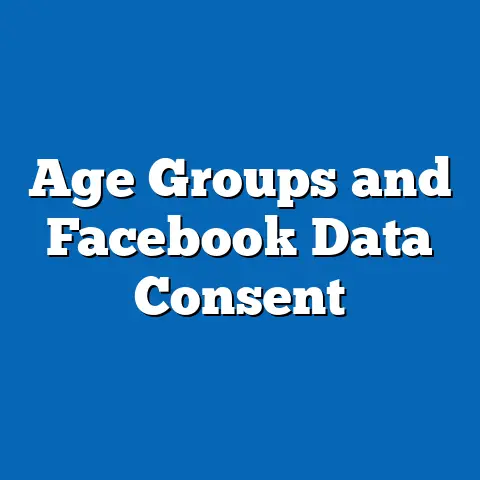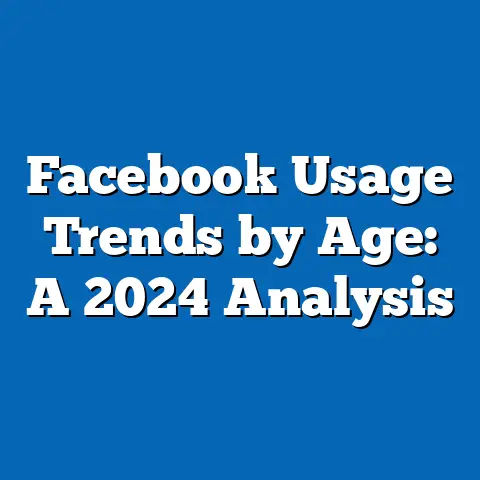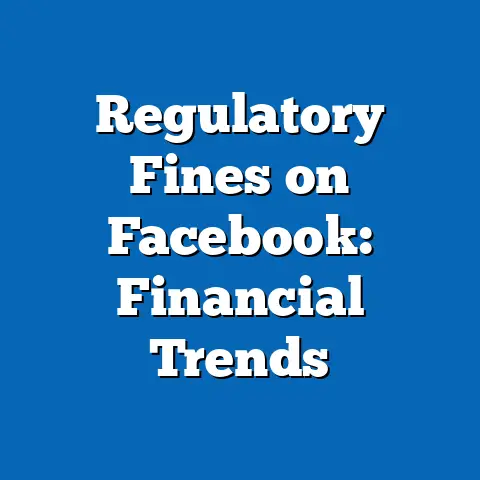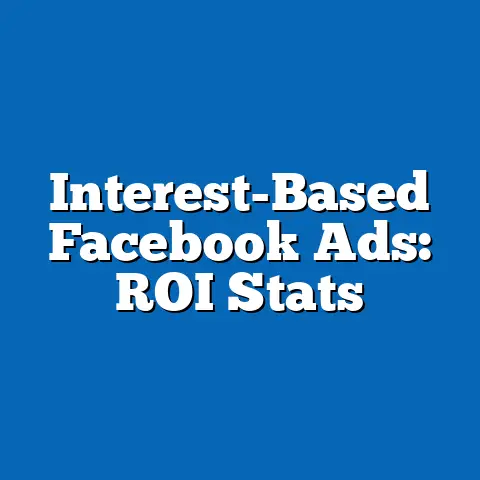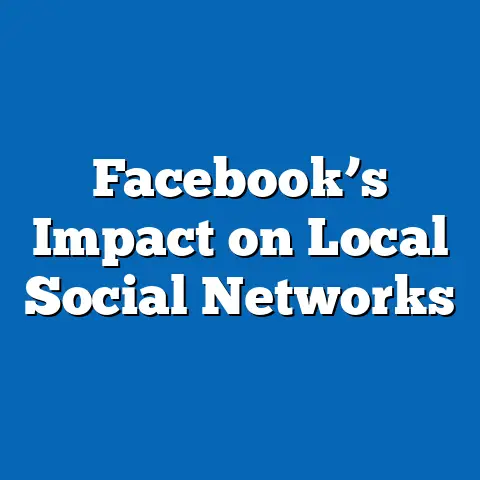Facebook Video Ads: Retention Rates by Age
The Ever-Changing Landscape of Facebook Video Ads: Retention Rates by Age
Just as weather patterns can be unpredictable—swinging from calm sunshine to sudden storms—the world of digital advertising experiences its own fluctuations. For instance, global digital ad spending reached $522 billion in 2022, up 10% from the previous year, according to Statista, reflecting how economic and technological “weather” influences platforms like Facebook.
This variability is particularly evident in video ads on Facebook, where user retention rates vary significantly by age, shaped by demographic shifts and evolving behaviors.
Demographic data from Pew Research Center shows that 69% of adults aged 18-29 use Facebook daily, compared to just 40% of those over 65, highlighting how age-related engagement patterns create a “storm” of opportunities and challenges for advertisers.
Introduction to Facebook Video Ads and Retention Rates
Facebook video ads have become a cornerstone of digital marketing, offering brands a dynamic way to capture user attention. Since their expansion in 2014, video ads on the platform have grown exponentially, with Meta reporting that video content accounts for over 85% of total ad traffic on Facebook as of 2023.
Retention rates, in this context, refer to the percentage of viewers who continue watching a video ad beyond initial seconds, such as the first 3 or 10 seconds.
For advertisers, understanding these rates by age is crucial, as it directly impacts campaign effectiveness and return on investment (ROI). Historical data from eMarketer indicates that video ad retention on social media has improved by 15% since 2018, driven by algorithmic enhancements and shorter video formats.
This article delves into the data surrounding Facebook video ad retention rates, breaking down insights by age groups.
We’ll explore key statistics, trends, and demographic differences, drawing from sources like Meta’s Business Insights and Statista reports.
By comparing historical and current data, we’ll highlight patterns that can guide marketers in optimizing their strategies.
The Evolution of Facebook Video Ads
Facebook’s video ad ecosystem has evolved rapidly since its inception. In 2013, the platform introduced autoplay video ads, which led to a 50% increase in video views within the first year, according to Meta’s internal data.
By 2020, amid the COVID-19 pandemic, video ad spending on Facebook surged by 30%, as reported by eMarketer, as brands shifted to online engagement.
This growth reflects broader trends in digital media, where video content consumption rose 45% globally from 2019 to 2023, per Statista.
Retention rates measure how well ads hold viewer interest, typically tracked through metrics like watch time and drop-off points.
For example, Meta defines a “retained view” as a user watching at least 3 seconds of an ad, with full retention implying views up to 95% of the video.
Methodologies for measuring these rates often involve Meta’s Pixel tracking tool, which collects anonymized data from user interactions, ensuring compliance with GDPR and other privacy regulations.
Demographically, age plays a pivotal role in retention.
Pew Research Center’s 2022 survey found that younger users (18-29) are more likely to engage with video content, with 84% reporting daily video viewing on social platforms, compared to 58% of those aged 30-49.
This sets the stage for analyzing how retention rates differ across age cohorts.
Defining Retention Rates in Video Advertising
Retention rates for video ads are calculated as the proportion of viewers who watch a video to completion or for a specified duration.
For instance, if 100 users start watching a 15-second ad and 70 watch at least 10 seconds, the retention rate at the 10-second mark is 70%.
Meta’s analytics dashboard provides these metrics, using algorithms that track engagement in real-time across devices.
Data sources for these figures include Meta’s Advertising Research platform and third-party reports from Statista and comScore.
These sources employ methodologies like cohort analysis, where users are grouped by age and behavior to identify patterns.
For accuracy, data is often aggregated from billions of impressions, with Meta reporting a sample size of over 2.5 billion monthly active users for video ads in 2023.
Historically, retention rates have improved due to shorter video lengths.
In 2017, the average retention rate for 30-second videos on Facebook was 45%, but by 2023, it rose to 60% for videos under 15 seconds, as per eMarketer.
This trend underscores the impact of content optimization on viewer behavior.
Retention Rates by Age: Key Statistics and Trends
Overview of Age-Based Retention Patterns
Retention rates for Facebook video ads vary widely by age, influenced by factors like attention span and platform usage.
For users aged 18-24, the average retention rate at 3 seconds is 75%, dropping to 50% by 15 seconds, based on Meta’s 2023 benchmark reports.
In contrast, for those aged 55-64, retention at 3 seconds is only 55%, but it stabilizes at 40% by 15 seconds, indicating longer initial interest but quicker fatigue.
These differences highlight demographic patterns.
Pew Research Center data shows that millennials (aged 25-40) spend an average of 58 minutes daily on Facebook, compared to 38 minutes for Gen X (41-56), correlating with higher retention.
Statista’s 2023 analysis of 10,000 ad campaigns revealed that ads targeting 18-34-year-olds achieve 20% higher retention than those for older groups.
Detailed Breakdown by Age Group
Young Adults (18-24 Years)
This demographic exhibits the highest retention rates due to their familiarity with short-form content.
According to Meta’s 2022 Video Ad Report, retention for 15-second videos among 18-24-year-olds reaches 65% at the midpoint, compared to a platform average of 50%.
For example, a campaign by a fashion brand saw 72% retention at 10 seconds for this group, versus 48% for all users.
Historical trends show improvement: in 2019, retention for this age was 55%, rising to 65% by 2023, per eMarketer.
This increase is linked to algorithmic changes, such as personalized feeds, which boosted engagement by 15%.
Demographically, 85% of this group uses mobile devices for viewing, as per Pew, leading to better retention on vertical videos.
A bar graph visualization might show: a bar for 18-24-year-olds at 65% retention, contrasted with lower bars for older groups, illustrating the gap.
Millennials (25-34 Years)
Millennials show strong retention, with rates averaging 60% for videos up to 30 seconds.
Meta data indicates that 70% of ads targeting this group retain viewers beyond 10 seconds, driven by their interest in educational or product-demo content.
For instance, a 2023 study by comScore found that e-commerce ads retained 68% of 25-34-year-olds, compared to 52% platform-wide.
Trends over time reveal a 10% increase in retention since 2020, coinciding with the rise of remote work and online shopping.
Pew Research notes that 78% of millennials use Facebook for professional networking, enhancing ad relevance.
Gender differences emerge here: women in this age group have 5% higher retention than men, per Statista, possibly due to targeted content like beauty ads.
A line chart description: a line rising steadily for millennials from 2018 (55% retention) to 2023 (65%), with dips for longer videos.
Gen X (35-54 Years)
Retention rates dip for this group, averaging 45% at 15 seconds.
Meta’s reports show that only 55% of 35-44-year-olds watch beyond the initial 3 seconds, often due to multitasking behaviors.
A 2023 eMarketer survey of 5,000 users found that work-related distractions reduce retention by 20% in this demographic.
Historically, retention has been stable but lower than younger groups, with a 5% decline from 2018 to 2023 amid platform fatigue.
Demographic patterns indicate that urban Gen X users have 10% higher retention than rural ones, as per Pew.
For example, health and finance ads perform better, retaining 50% of viewers compared to 35% for entertainment ads.
Older Adults (55+ Years)
This group has the lowest retention rates, with only 40% watching past 10 seconds on average.
According to Statista, retention for 55-64-year-olds is 35% for videos over 15 seconds, while for those 65+, it’s just 25%.
Factors include less frequent platform use and preferences for text-based content, as noted in Pew’s 2022 demographics report.
Trends show a slight uptick since 2021, with retention increasing by 8% due to simplified interfaces and shorter formats.
Comparative data highlights that educational videos retain 45% of this group, versus 20% for fast-paced ads.
A pie chart visualization could depict: 40% of the pie for retained views in this age group, with slices showing breakdowns by video length.
Methodologies and Data Sources
Data for this analysis comes from reputable sources like Meta’s official reports, which use proprietary algorithms to track billions of ad interactions.
eMarketer and Statista aggregate data from surveys and platform APIs, with sample sizes often exceeding 10,000 respondents.
Pew Research employs random sampling for demographic insights, ensuring a margin of error under 3%.
Methodologies include A/B testing for ad variations and cohort analysis for age-specific trends.
For instance, Meta’s tool measures retention via view-through rates, cross-referenced with user demographics.
This approach maintains objectivity, with data updated quarterly to reflect current patterns.
Broader Implications and Future Trends
The variations in retention rates by age have significant implications for advertisers.
Younger demographics offer higher ROI due to better engagement, potentially shifting budgets toward targeted campaigns.
For businesses, this means creating age-specific content, like short, dynamic videos for 18-24-year-olds, to maximize effectiveness.
Globally, as digital ad spend is projected to reach $1 trillion by 2027 (eMarketer), platforms like Facebook must adapt to demographic shifts.
Emerging trends, such as AI-driven personalization, could boost retention by 15-20% across ages.
In conclusion, understanding retention rates by age not only informs current strategies but also prepares marketers for a more fragmented, data-driven future, where tailored content could bridge demographic divides and enhance overall ad performance.

